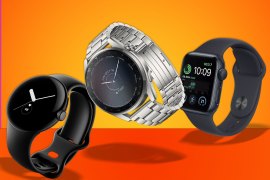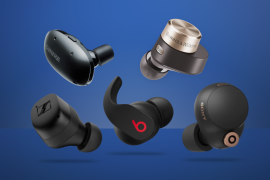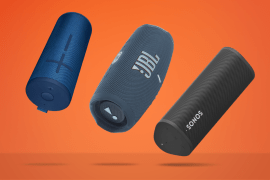Shokz OpenRun Pro 2 review: my new workout soundtrack
Who said bone conduction and bass don't mix?
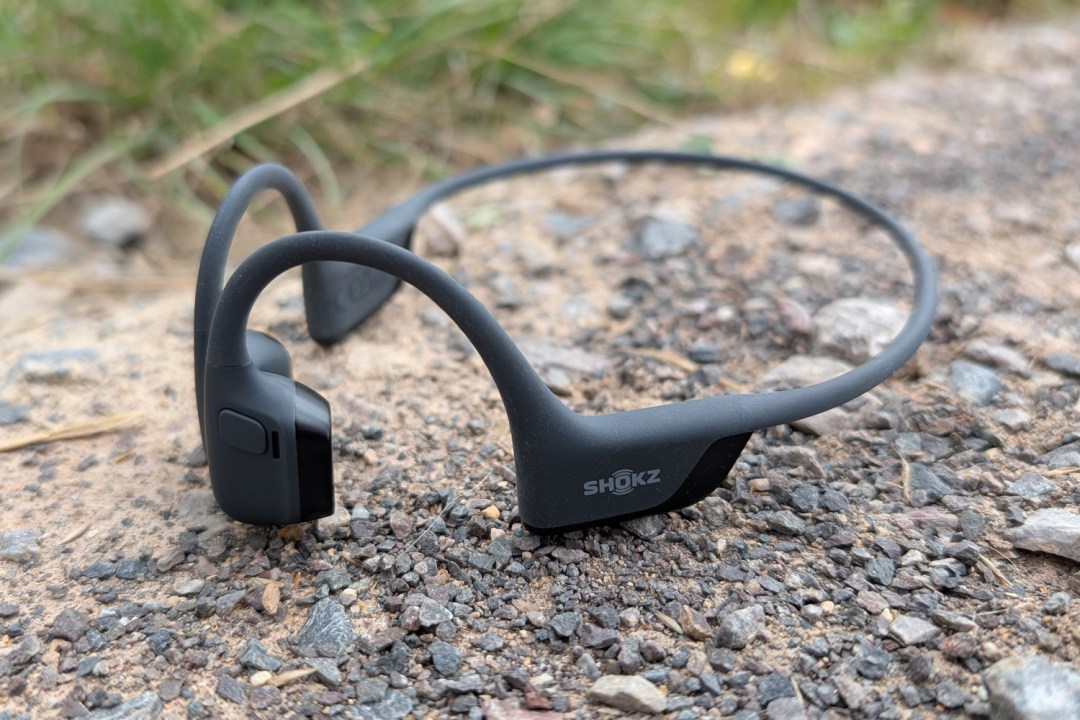
Stuff Verdict
Shokz’ best take on bone conduction yet. The OpenRun Pro 2 improves on its predecessor in all the right places, and sound good enough to use all the time – not just when you’re working out.
Pros
- Impressively clear audio with more bass than any rival
- Long battery life and USB-C charging
- Light, comfortable, and easy to clean
Cons
- No wear sensor
- Carry case is a bit big
Introduction
When it comes to running headphones that keep you aware of your surroundings, nothing beats bone conduction – and Shokz has long been at the forefront of the tech. The firm has spruced up its flagship model for 2024, with a focus on the one thing bone conduction has never done particularly well: bass. The OpenRun Pro 2 also fixes a few of its predecessor’s stumbles and improves battery life, without also piling on the pounds.
At £169 directly from Shokz, they’ll set you back slightly more than the outgoing OpenRun Pro, and faces stiff competition from any number of true wireless rivals. Does it finally deliver similar sound quality, while also letting you hear what’s going on around you?
How we test headphones
Every pair of earphones and headphones reviewed on Stuff is used for a minimum of a week’s worth of daily listening. We use a playlist of test tracks made up of multiple genres to assess sound, and use our years of experience to compare to other models. Manufacturers have no visibility on reviews before they appear online, and we never accept payment to feature products.
Find out more about how we test and rate products.
Design & comfort: shake ya neck

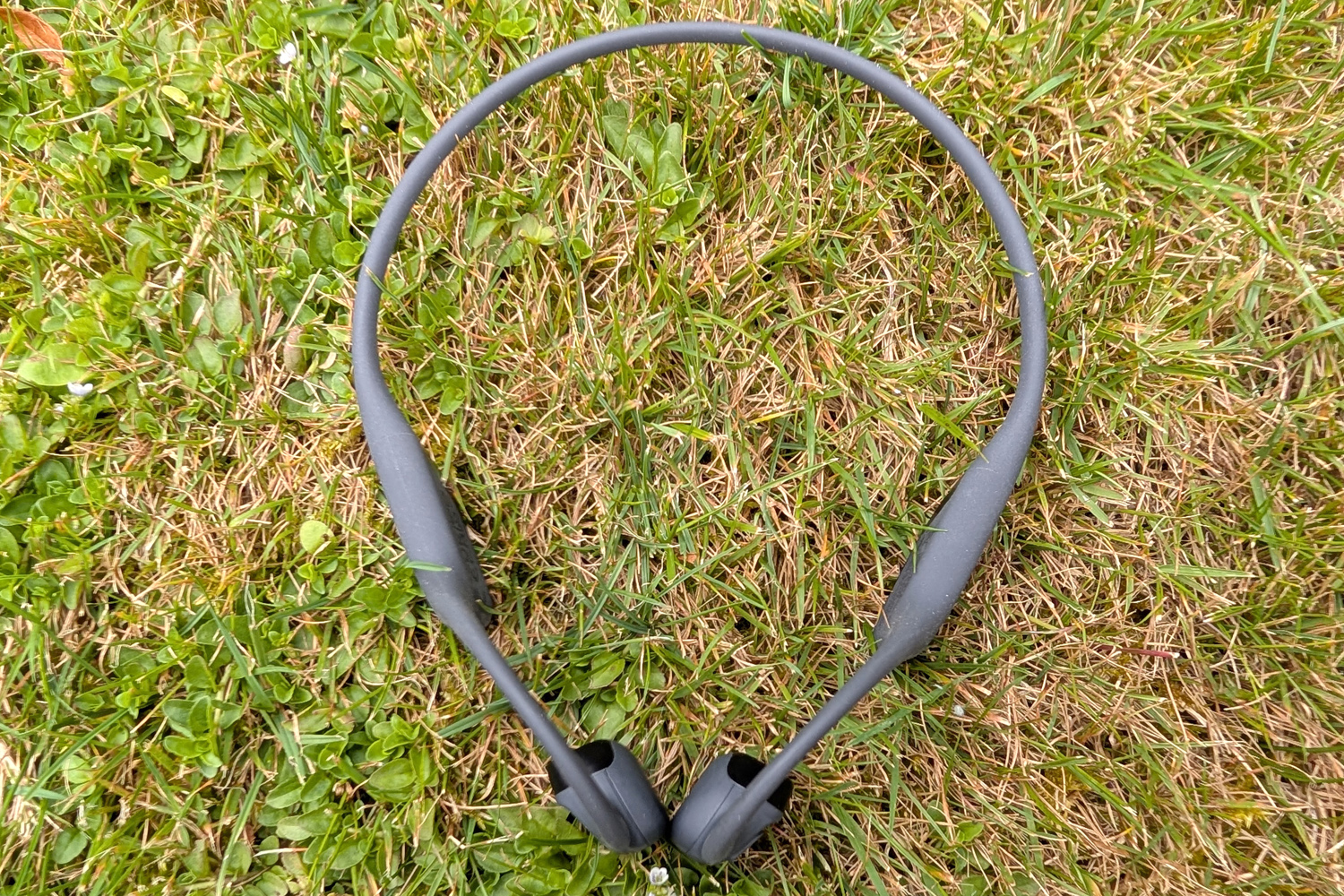
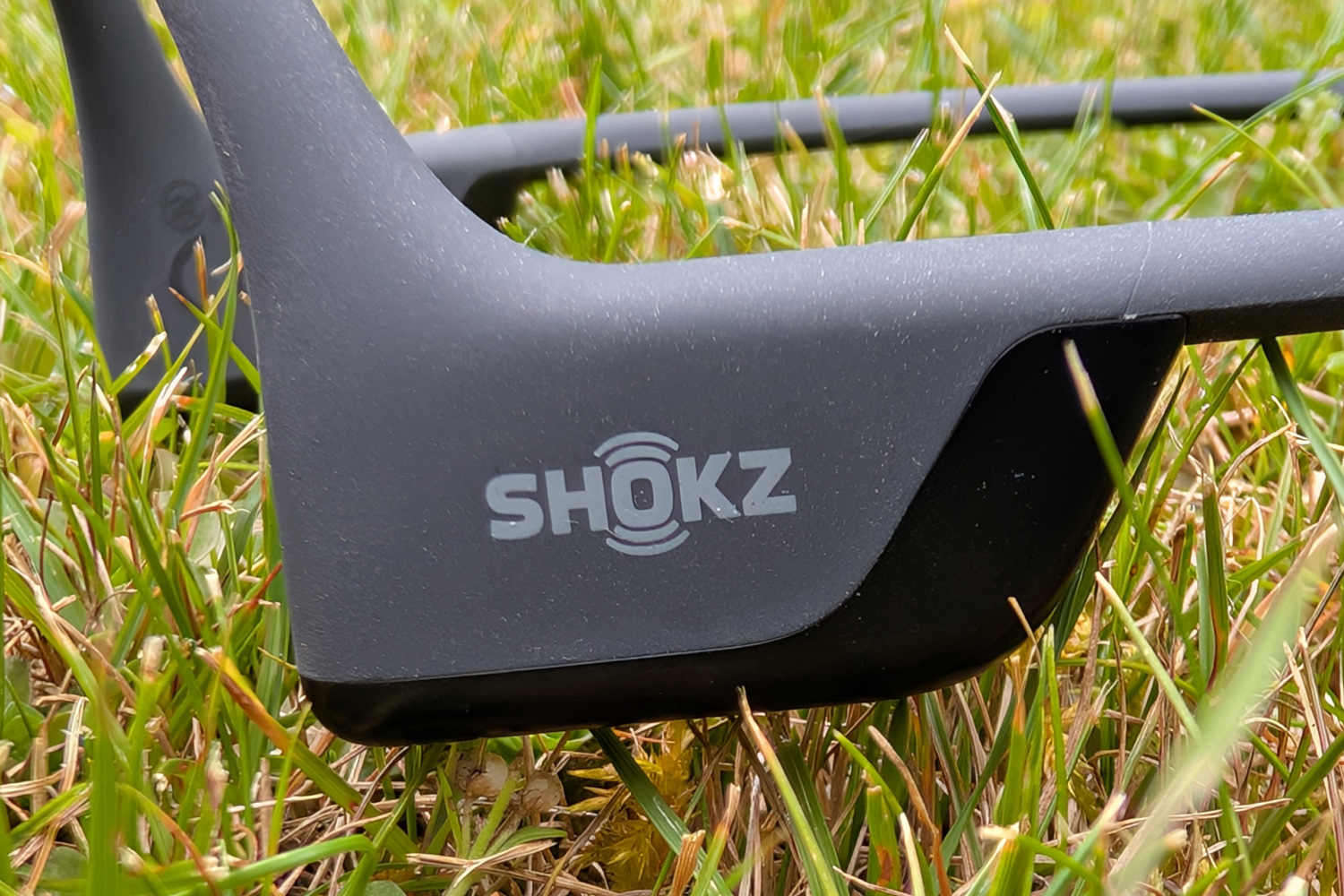
It’ll take a keen eye to spot the difference between the OpenRun Pro 2 and its predecessor. Both use Shokz’ familiar neckband design, except the newer model has slightly larger bone conduction units. The band still sits loose around your neck, and the inward-angled drivers apply pressure on your cheeks to keep the drivers in place. It’s pretty gentle, so I could wear them all day without any discomfort, even if I never forgot I was wearing ’em. They stay in place at a full sprint, too.
Shokz has done well to keep weight in check, despite squeezing in a lot more audio hardware this time around. The OpenRun Pro 2 tips the scales at 30g, just 1g more than the old pair. You’ll stand out more wearing these than a pair of true wireless earphones – even ones with ear hooks to stay secure during exercise – but only just.
You can get the OpenRun Pro 2 in either black or orange; the latter is the better choice for regular road runners, as anything bright and colourful will help you stand out to passing traffic. There’s no reflective material on the neckband, though, just rubberised plastic. Maybe something to save for a special edition later down the line?
There’s no fit adjustment mechanism here. Instead Shokz again offers two size options. The OpenRun Pro 2 Mini is the one to go for if you have a smaller head, as it has a shorter headband.
IP55 resistance means these headphones will shrug off sweat, and won’t wilt if caught in a sudden rain shower. The parts that make contact with your cheekbones do get damp after a workout, but the silicone coating wipes down easily enough. And because they don’t go anywhere near your ear canals, you never have to worry about yucky wax build-ups.
Features & battery: au revoir adapter
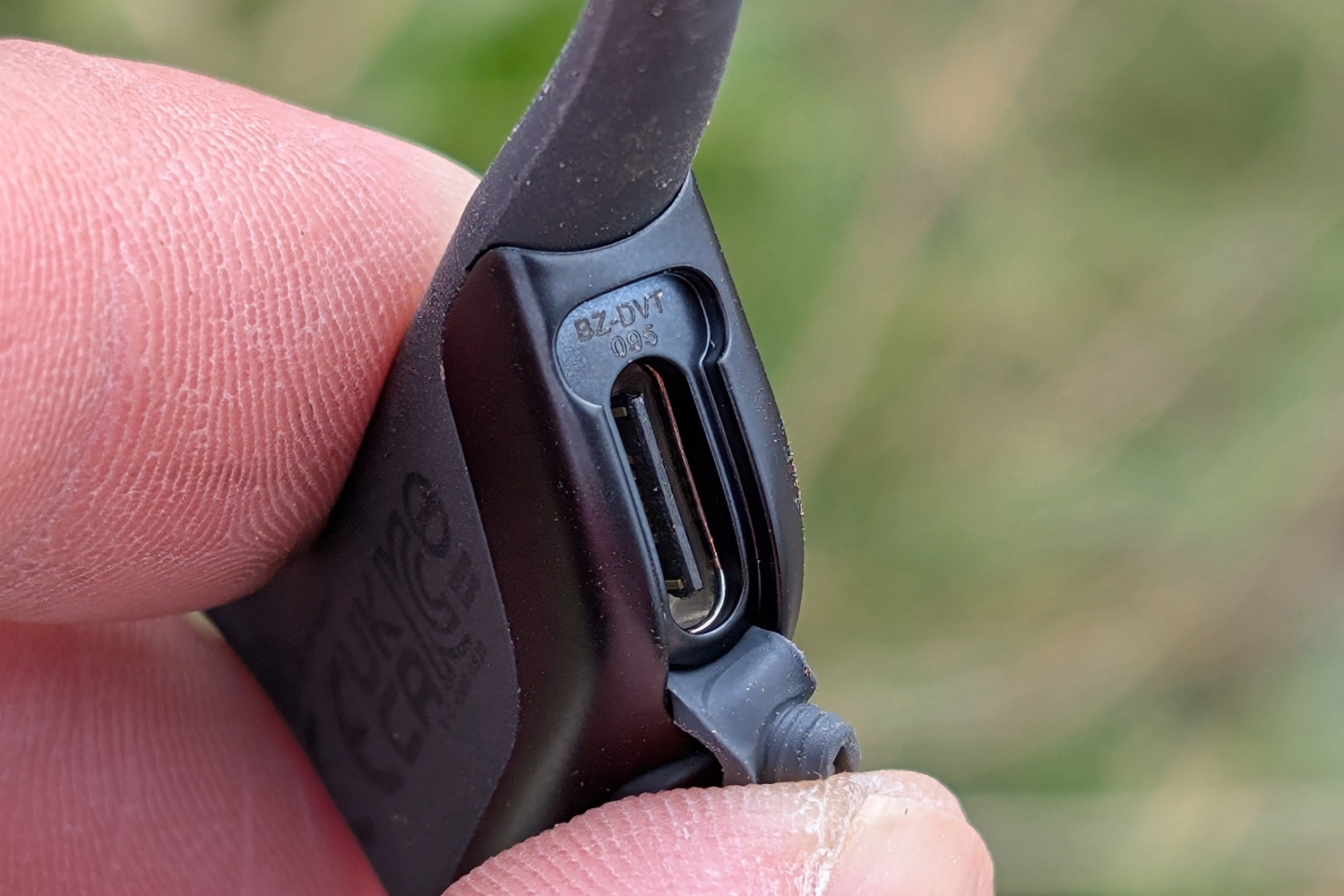
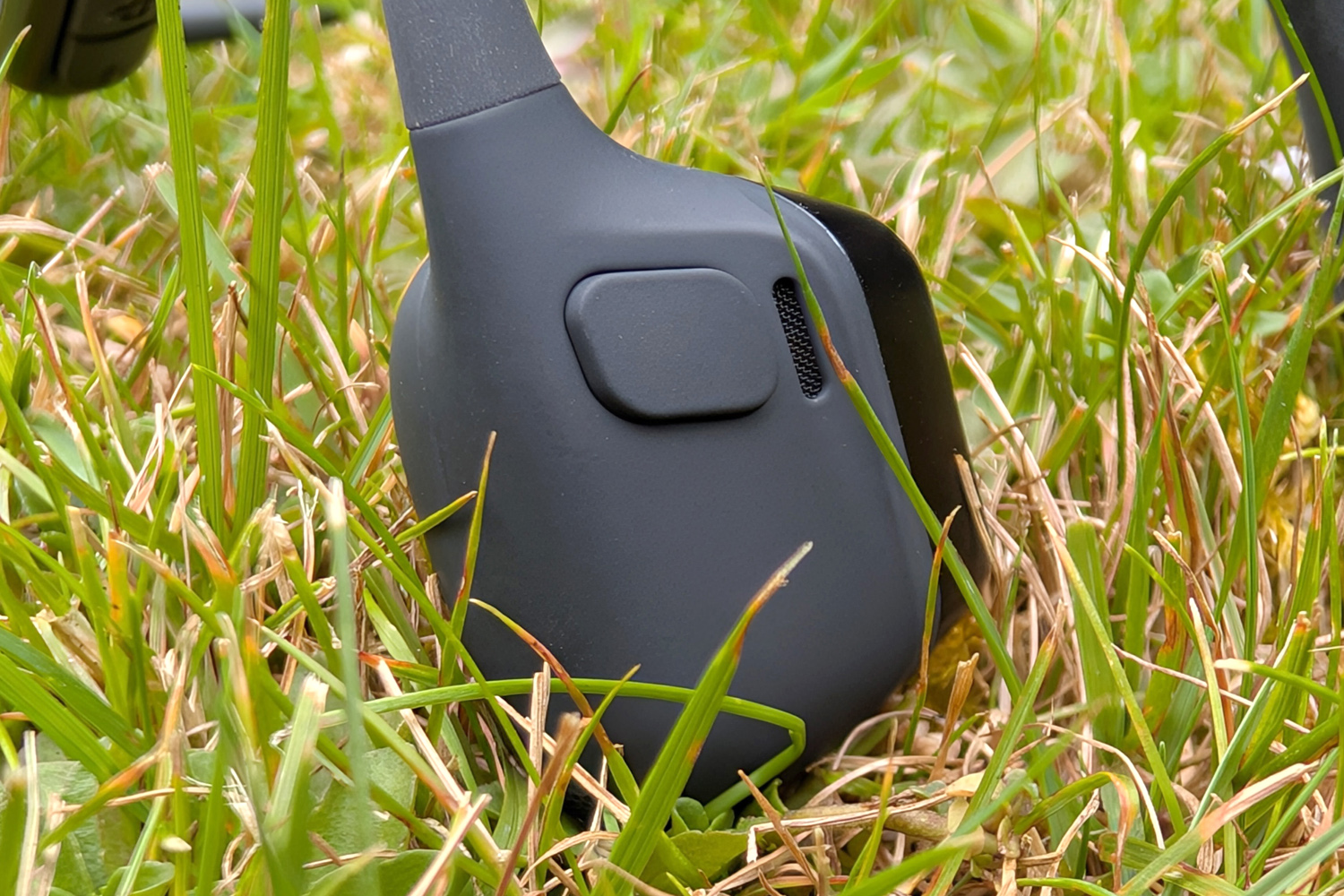
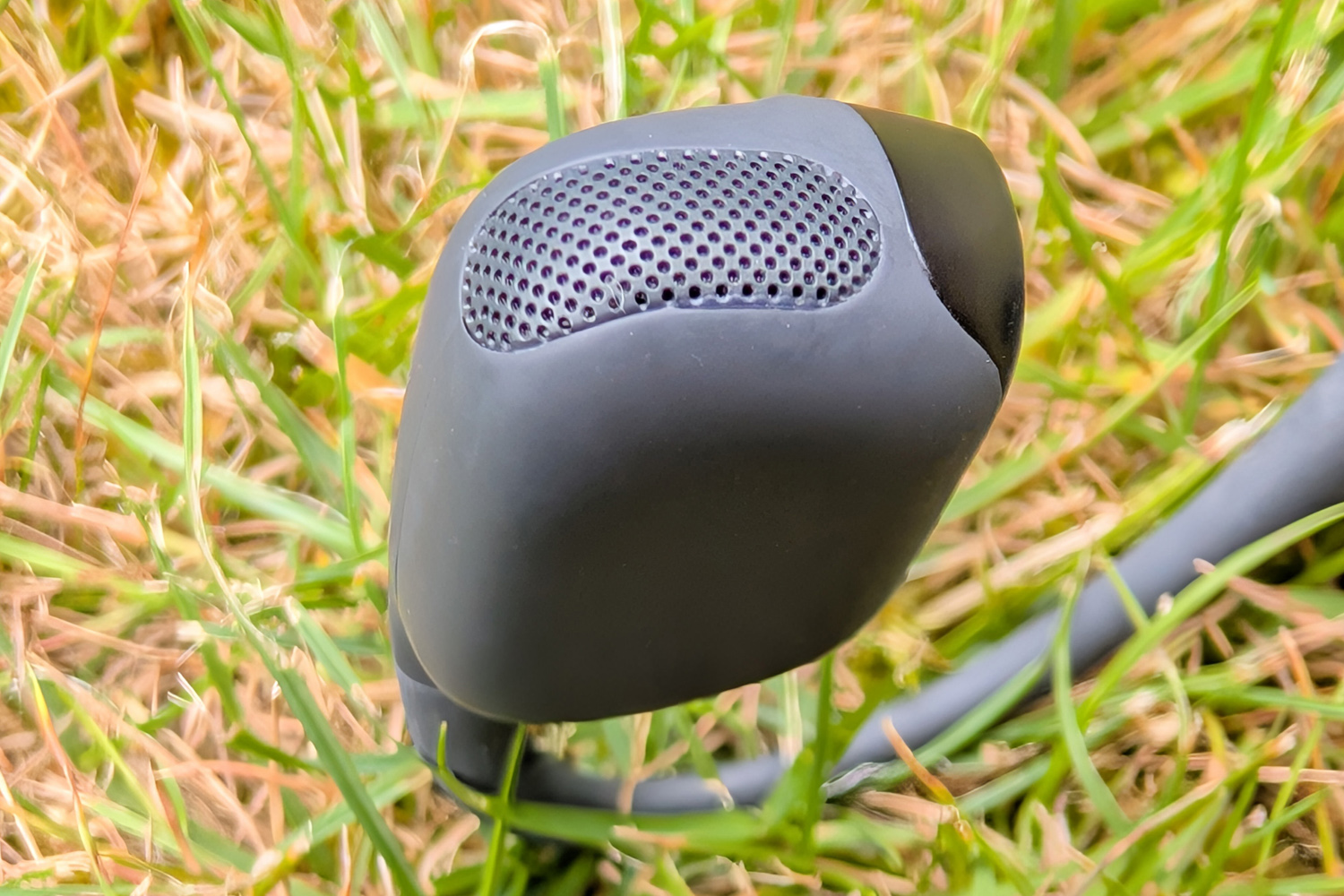
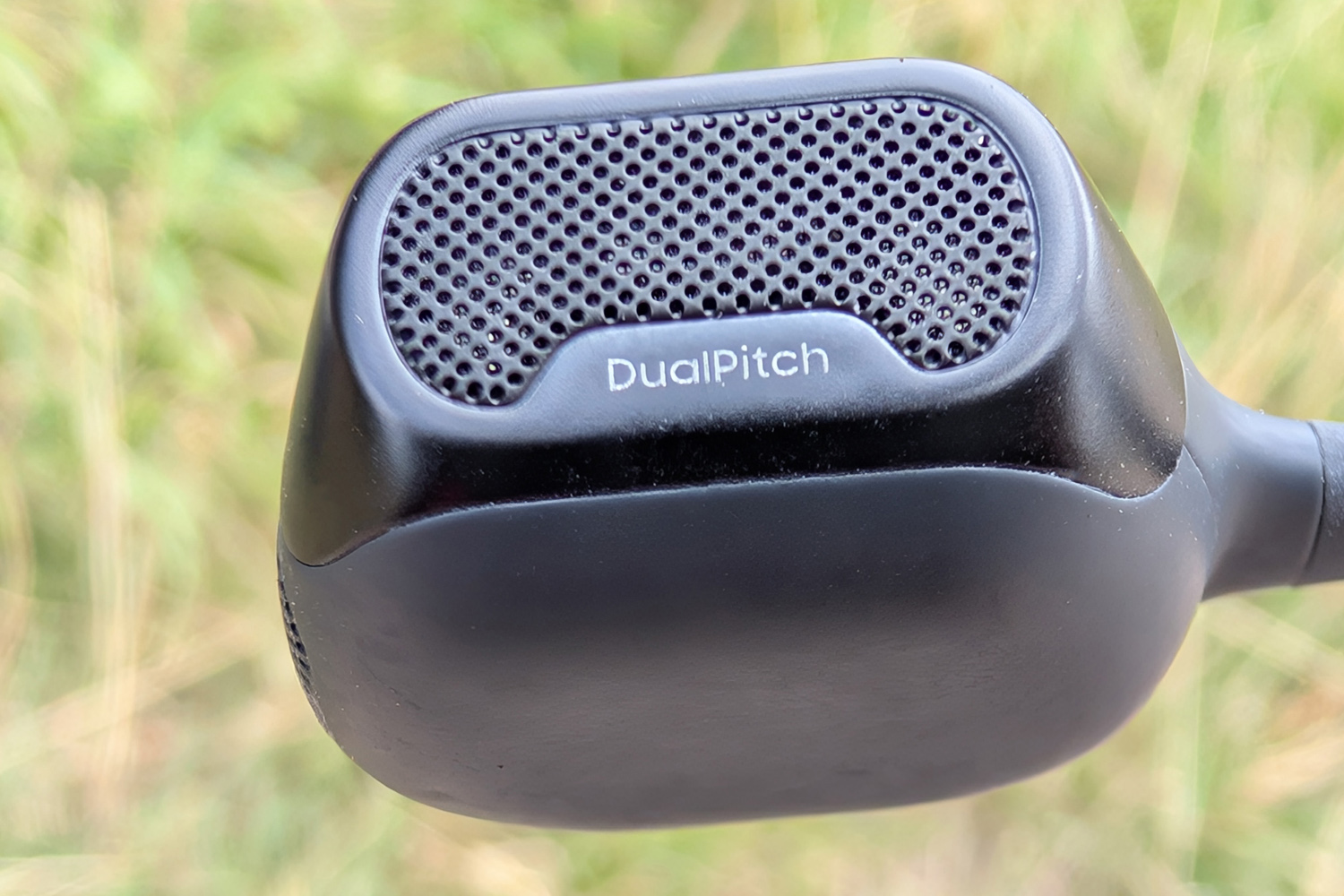
The OpenRun Pro 2 definitely takes the “if it ain’t broken, don’t fix it” approach. That means physical buttons return, with separate volume keys on one side and a single multifunction button on the other. These are miles better than touch-sensitive taps while you’re mid-workout, and do you the typical play/pause/track skip, activate your phone’s voice assistant, and answer incoming calls. Wind cancelling algorithm updates helped the twin voice mics pick up my voice more clearly than the previous generation while on the phone.
A flap behind the volume keys pulls out to reveal a USB-C charging port. This is a major improvement over the OpenRun Pro’s proprietary connector, which made it impossible to refuel if you were away from home without the cable that came in the box. A five minute charge is now good enough for two and a half hours of extra listening, and a voice tells you how much charge is remaining every time you turn the headphones on, so I never worried about running out while on a run or cycle.
Shokz’ claim of twelve hours between charges – two more than you got with the OpenRun Pro – seemed pretty accurate based on my testing. I listened at 50-70% volume depending on if I was at home, on busier roads, or quieter country lanes, and only needed to charge twice in a week of regular use. This leaves pretty much every true wireless earphone in the dust, although there’s no clever charging case here for topping up away from a mains socket.
The soft-touch case you do get in the box has plenty of padding, so I never worried about things getting damaged when I slung it in my kit bag, and I like that there’s a proper slot for the charging cable now. It’s not what you’d call compact, though, taking up a lot more room than a pair of wireless earbuds.
Interface: the great equaliser
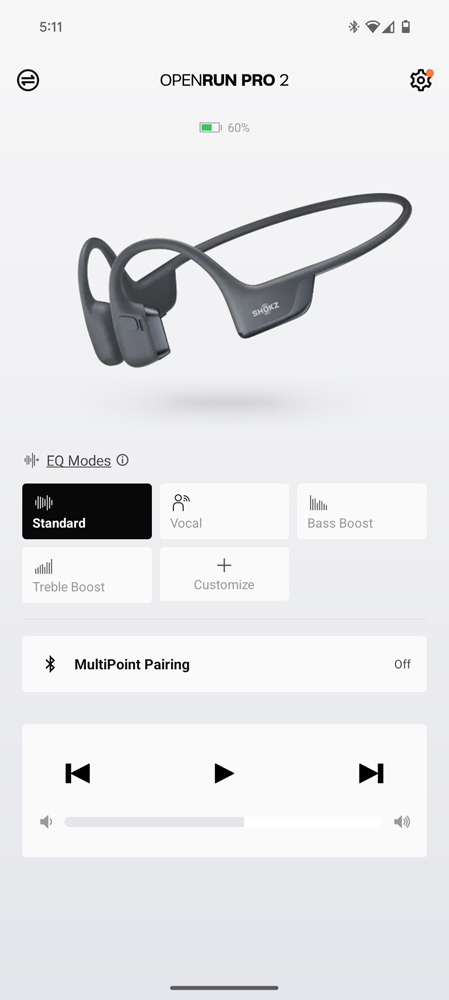

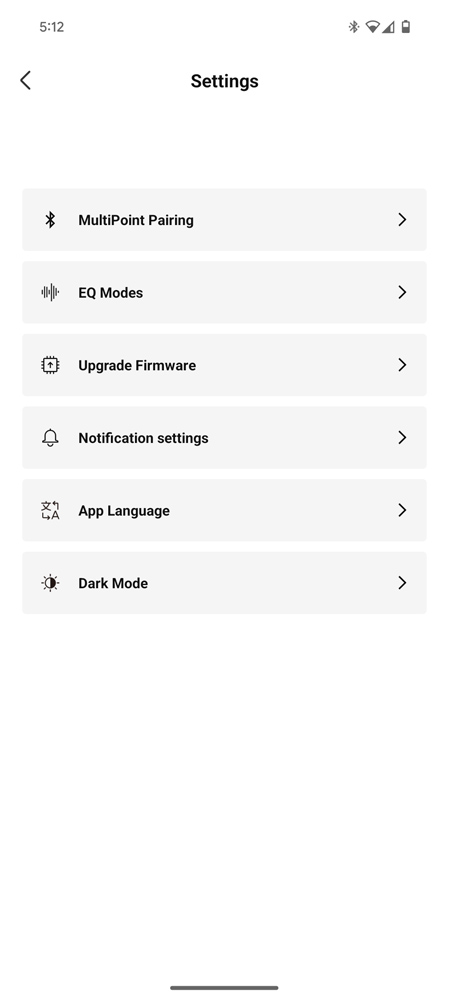
It’s not the most feature-rich offering, but Shokz’ smartphone companion app is still worth a download. It gives you a more detailed battery life reading than the spoken “high”, “medium” or “low” levels, installs over-the-air firmware updates, and lets you set up a multipoint connection for paring to two gadgets at once.
The big new addition is EQ modes, with four presets and a custom equaliser giving you lots more control over the OpenRun Pro’s sound signature than any pair of Shokz headphones I’ve tried. It’s an indicator the firm feels it has made up for bone conduction’s bass shortcomings.
I would’ve liked to see some sort of wear sensor for pausing tracks automatically when you take the headphones off, and I’m surprised Shokz hasn’t added any kind of automatic power off timer; the OpenRun Pro 2 stays on until you switch it off manually.
The Vocal and Treble Boost presets are as described, but I didn’t feel the Bass Boost setting made a massive impact on how impactful my music’s low-end came through. It’s great that you can save multiple custom modes using the five-band equaliser, and is worth a go if you want some extra bass oomph. That said, unless you regularly swap between podcasts and music, I’d just leave it in standard EQ.
Sound quality: brings the bass
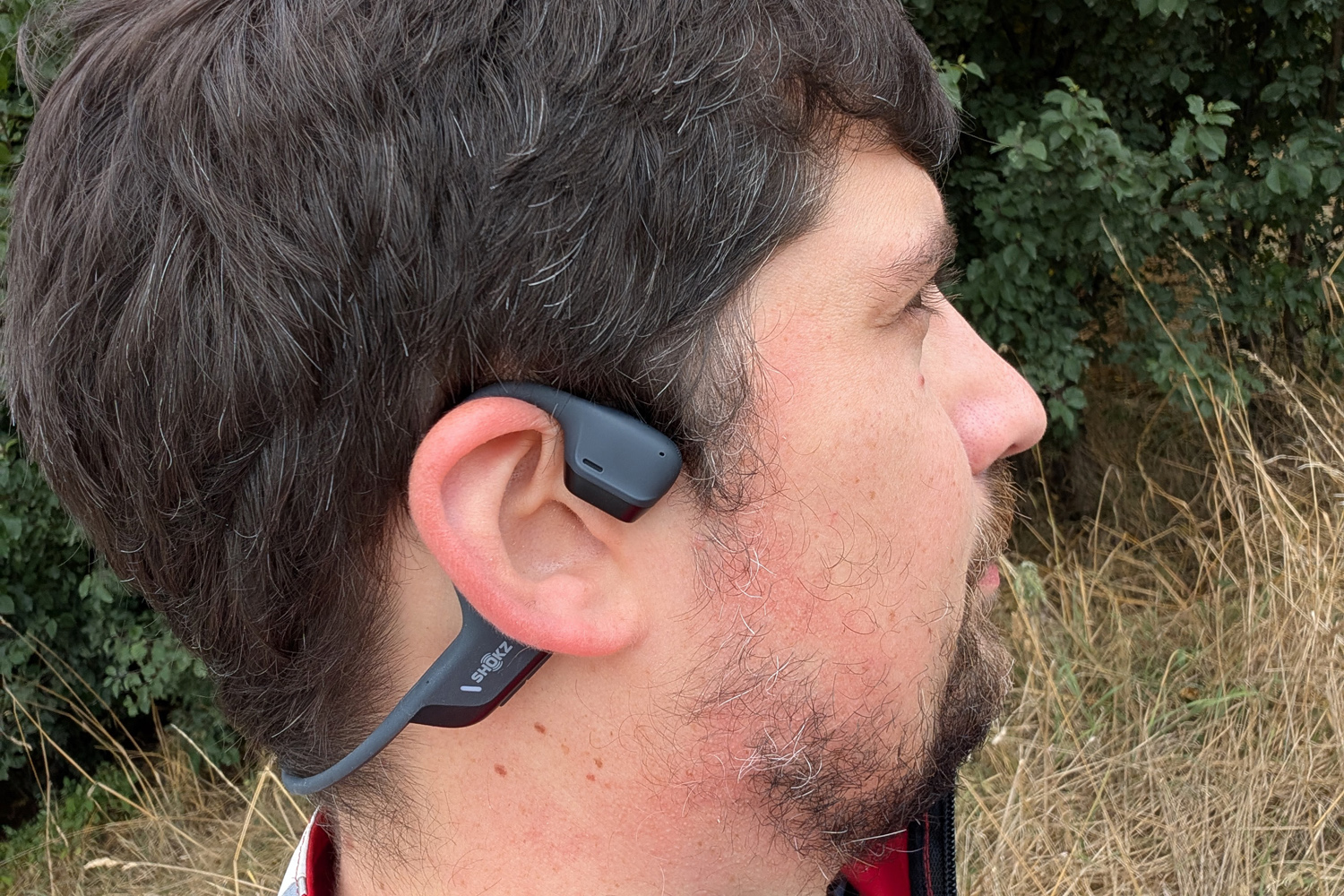
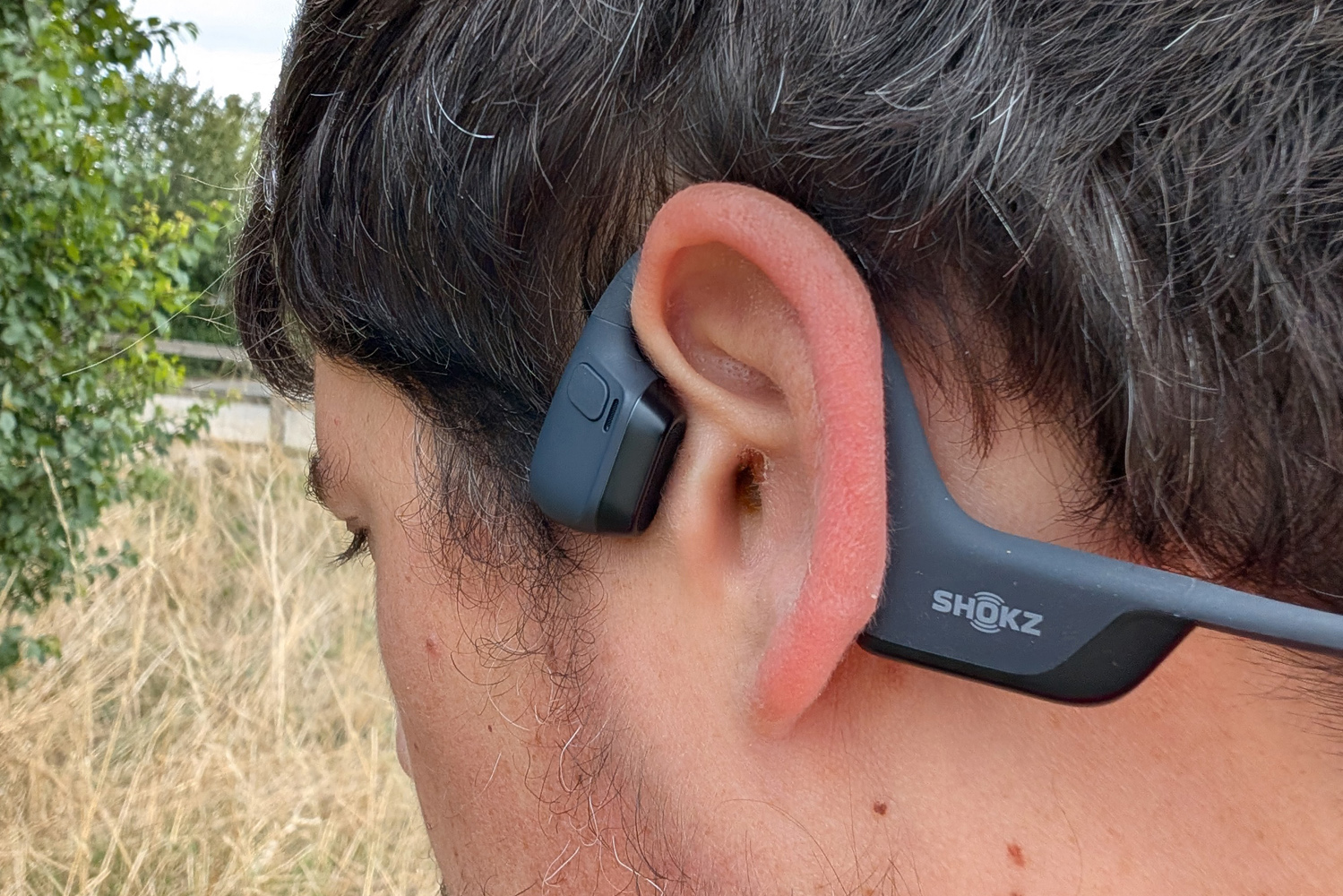
Shokz unveiled the OpenRun Pro 2 at the Ultra-Trail du Mont Blanc trail running world series finals; I’ve been testing it on far less adventurous suburban streets and countryside lanes, which have still been a good test of the new driver setup. With an air conduction speaker now taking care of the lower frequencies, the bone conduction units concentrate on the high-end, so don’t vibrate nearly as intensely as the previous generation. If you found the OpenRun Pro distracting or ticklish, this new model is definitely worth a try.
There’s definitely some sound leakage, on account of using traditional drivers to supplement the bone conduction, but not nearly to the extent I was expecting. Gym-goers on the next treadmill over won’t hear your workout mix, but office colleagues and fellow commuters might.
If the OpenRun Pro was a subtle step forward in sound quality from other bone conduction models, the Pro 2 is an Olympic long jump further up the field. I’m not talking the sort of booming sub-bass found on a good pair of in-ear headphones, but there’s significantly more low-end impact this time around – and you don’t need to crank the volume up to silly levels to get it.
Rebalancing the bone conduction units for the higher frequencies has unlocked some extra detail at the top end, too. Tracks that sounded a little muffled on the old pair have new-found bite, without having to use the vocal or treble boost EQ settings. I quite happily used the OpenRun Pro 2 to listen to music at my office desk as well as when pounding pavements or pedalling – they really have closed the gap to regular in-ears that much.
Shokz OpenRun Pro 2 verdict
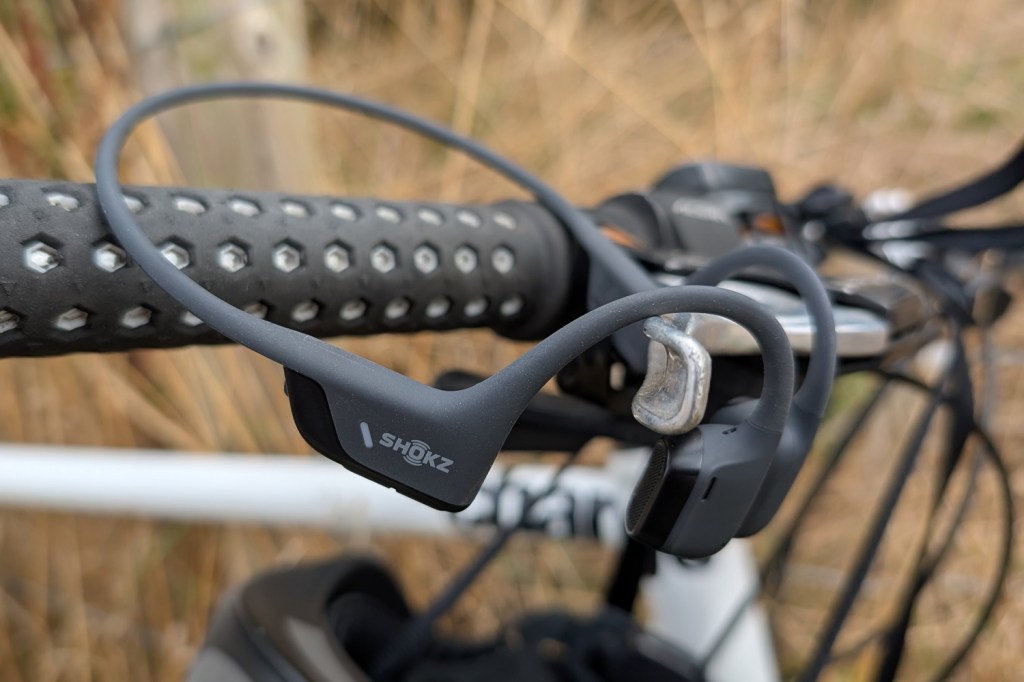
They’re still all about exercise, but the OpenRun Pro 2 might be the first pair of bone conduction headphones I’d recommend to more than just fitness fanatics. The sound is much more balanced than its predecessor, with respectable amounts of bass given the open-fit design. Comfort is just as good as it was on the previous generation, but now you’re getting better battery life and more convenient USB-C charging.
It still falls short in a few minor areas, like the lack of wear sensor and auto off function, and it can’t hope to match the all-rounder nature of true wireless in-ears with noise-cancelling tech. But if you can’t bare the thought of a run without a soundtrack, and need to stay aware of your environment, there’s no better option than this.
Stuff Says…
Shokz’ best take on bone conduction yet. The OpenRun Pro 2 improves on its predecessor in all the right places, and sound good enough to use all the time – not just when you’re working out.
Pros
Impressively clear audio with more bass than any rival
Long battery life and USB-C charging
Light, comfortable, and easy to clean
Cons
Bad stuff 1
Bad stuff 2
Shokz OpenRun Pro 2 technical specifications
| Drivers | 2x bone conduction, 1x air conduction (dynamic driver) |
| ANC | No |
| Bluetooth version | Bluetooth 5.3 |
| Codecs supported | SBC |
| Durability | IP55 |
| Battery life | 12 hours |
| Dimensions | 30g |

